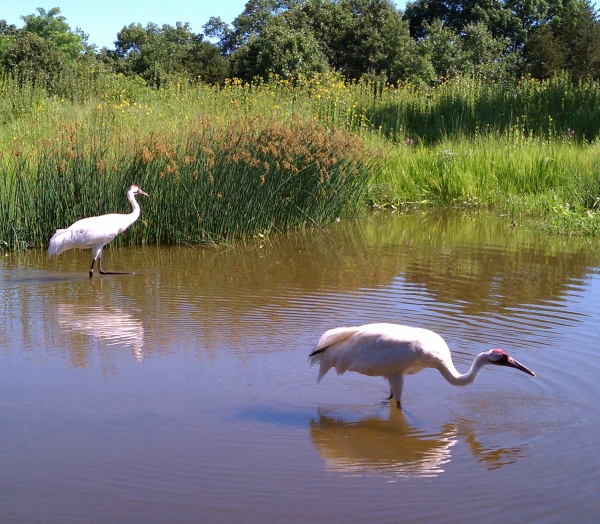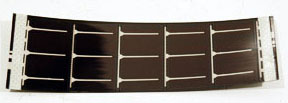
The Whooping Crane tracking project is a collaborative effort with ecologists to track Whooping Cranes during their migration. The cranes are an endangered species, which is native to North America. The cranes are difficult to study because of their long distance migrations (as seen below), small numbers, and preference for remote nesting grounds.
To effectively manage the remaining population, we have partnered with ecologists to provide a next generation monitoring device. This device surpasses previous tracking efforts by not only providing information on the birds' locations, but also a bird's behavior. This detailed information will provide better information on environmental conditions affecting the birds, as well as quantitative data on their flight characteristics. This device will also utilize low cost communication methods to deliver the information in a more timely manner than was previously possible.

Hardware Platform
In order to effectively track the migrating cranes, we have built and deployed a custom tracking system. This system utilizes cellular networks to complement the traditional short range radio systems found in wireless sensor networks. Utilizing this multi-modal communicaiton system enables the system to maintain connectivity on a continental scale during migration, as well as conserve energy in the nesting and breeding grounds by using the short range radio.
Power
Power consumption and generation are major concerns for this project. Because the sensor must be very light and small, we are only allowed to send a small, single-cell lithium polymer battery. Relying on this battery alone would not allow the scientists to monitor the cranes for very long. For these reasons, we have included a small solar panel in our design to recharge the battery.

Reliability
System reliability is a high priority with this project. The birds are inaccessible throughout much of their life, and once captured, it is extremely rare to recapture a bird at a later date. A monitoring device can potentially remain attached to a bird for several years. Thus, it is imperative for the system to be as fault-free as possible, and be able to cope with any unexpected failures during its mission. To this end, we have been utilizing a variety of testing procedures, as detailed in Simulating and Testing Mobile Wireless Sensor Networks, which appeared at MSWIM '10.
Demo
Below is a demo video showing some of the cababilities of the solid-state
compass. Using the compass, it is possible to monitor rotation and acceleration in all three axis.
Compass
Demo.zip